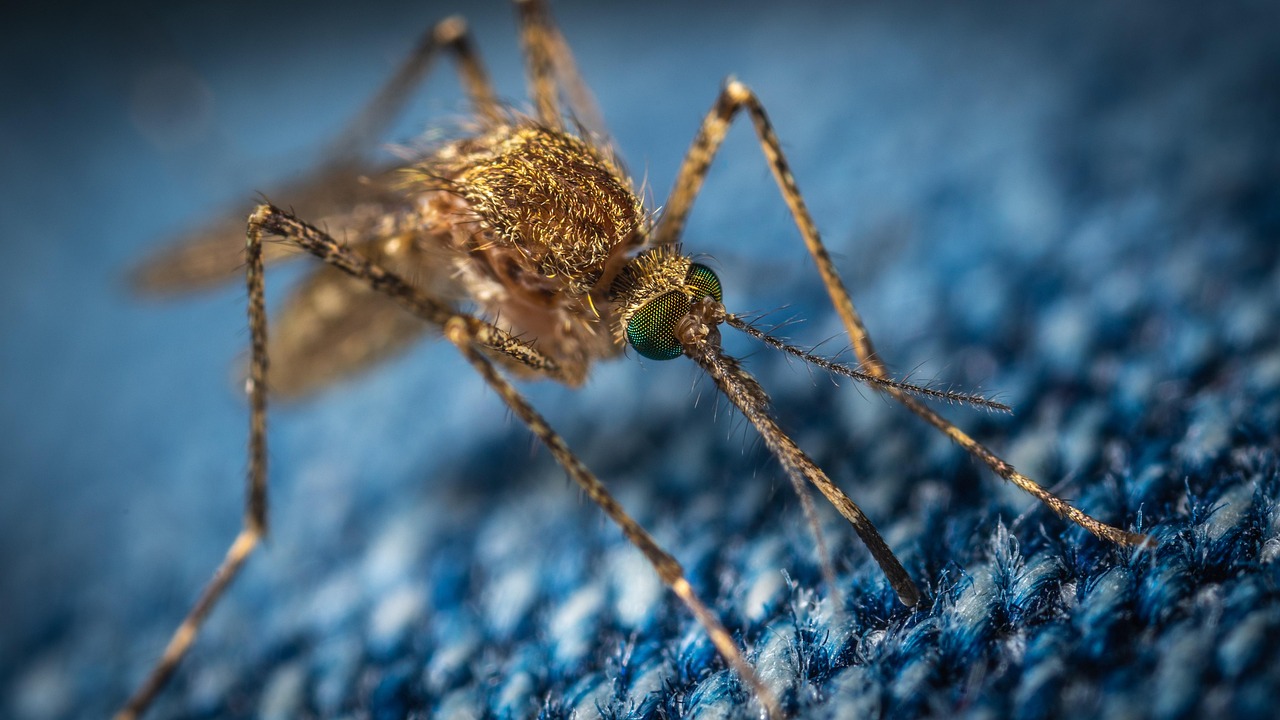
The World Health Organization (WHO) has issued a warning about the potential export of contaminated cough syrups through unregulated or informal channels, following several cases of child deaths linked to toxic formulations. The concern arises after testing revealed traces of diethylene glycol (DEG) and ethylene glycol (EG) — toxic industrial chemicals — in certain syrup-based medicines.
India’s national drug regulator, the Central Drugs Standard Control Organisation (CDSCO), detected these harmful solvents in at least three oral syrups used for respiratory relief. While there is currently no official record of export for these contaminated batches, WHO noted that unregulated markets may allow such products to circulate undetected.
According to WHO experts, unmonitored exports through informal routes often bypass safety checks, making it difficult to trace the distribution of substandard or falsified medicines. This poses a serious cross-border health threat, especially to low- and middle-income countries with weaker regulatory systems.
In response, WHO has urged all national regulatory authorities (NRAs) to enhance market surveillance and product tracking mechanisms. Countries are being advised to inspect pharmacy networks, warehouses, and distributors to ensure that unsafe medicines do not enter the legitimate supply chain.
Some Indian states have already begun implementing random quality testing of cough syrups. For instance, Karnataka’s health department collected several hundred samples for laboratory screening and temporarily suspended sales of suspect products until results were verified. Officials are also developing a digital drug recall system to trace products at distributor and retail levels.
The WHO emphasized that ensuring medicine quality demands global coordination between regulators, manufacturers, and health ministries. Without stringent checks, toxic formulations could reappear in other countries, threatening vulnerable populations, particularly children.




